Challenges in introducing coding in national schools
Published by SchoolAdvisor | Aug 16, 2016The harsh shortage of IT teachers and technicians will create challenges in teaching computer coding in schools.
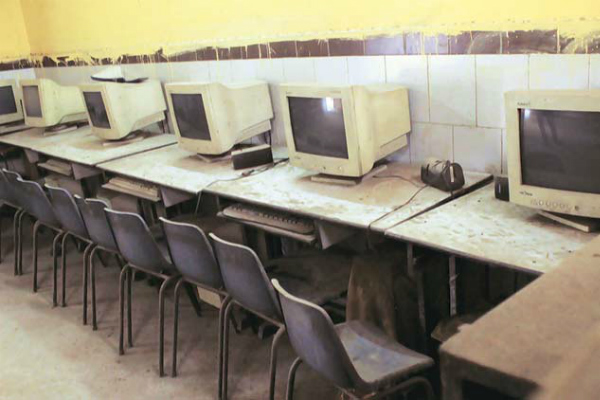
The introduction of computer coding to the national school syllabus next year is expected to nurture higher level creative and cognitive thinking skills among Malaysian students. The government believes that with computer science literacy in schools, it will put our youths on track to becoming technology creators and innovators instead of merely being users.
The pilot programme on the teaching of computer coding has already been implemented in 22 schools. However, we have yet to look deeper into the necessary prerequisites to ensuring the success of the new policy.
Shortage of Qualified Teachers
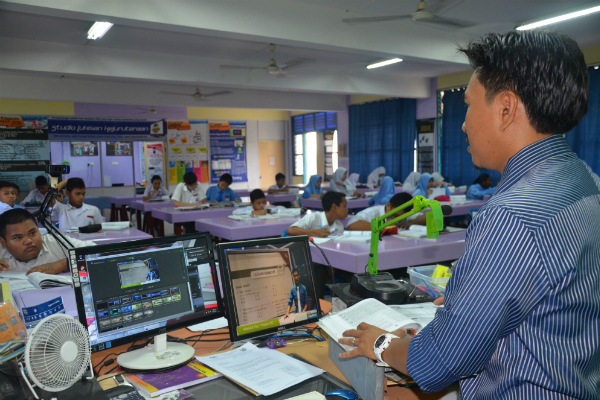
Universiti Pendidikan Sultan Idris (UPSI) Deputy Vice Chancellor Prof Dr Mohd Sahandri Gani Hamzah stated that the shortage of qualified teachers may pose a setback to its implementation. He foresees that if the issues are not addressed, the ministry's new policy may hit a brick wall and suffer the same fate as its teaching of mathematics and science in English programme.
The teaching of mathematics and science in English policy was introduced in 1996 but it was reversed in 2012, due to poor performance among students. This is mainly due to the fact that the lessons were conducted by teachers who lack the proficiency in the English language.
Any tech guy around?
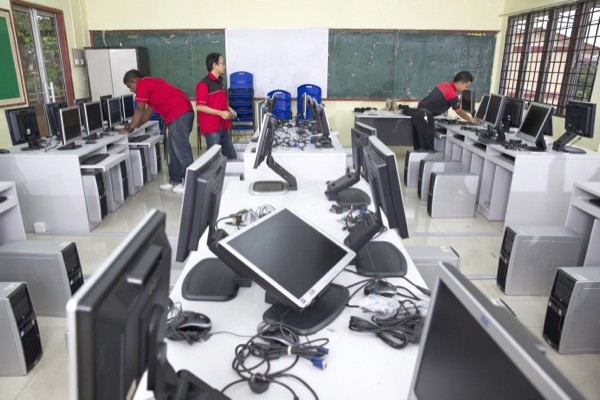
The shortage of qualified teachers is one issue, the limited number computer technicians designated for schools is another. The lack of computer technicians at government schools would delay or burden the learnign process, as most teachers lack the skills needed or the basic knowledge to attend to computer breakdowns and repairs.
Dr. Sahandri Gani gave an estimation gauge, he observed that there are only 15.2% of teachers nationwide that has the exposure to computer coding. This challenge is clear that the Education Ministry is set to face an uphill task equipping schools with enough IT teachers and facilities.
Shortage of computers
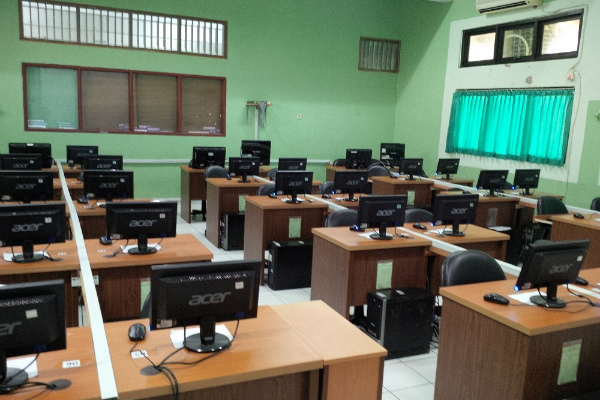
The existing shortage of computers in mainstream schools will hinder the teaching and learning of computer coding. In fully-residential schools, on the other hand, they have enough hardware but the limited capacity of their software. Which enables each school to accommodate only two classes at any one time.
Dr. Sahandri Gani added that in keeping with the teaching and learning trends of the 21st century, schools could no longer depend entirely on computer labs. Instead, schools should strive to have all their classrooms fitted with the latest IT facilities that are interconnected.
The bright side, Special teachers
Fortunately that students pursuing the various Bachelor of Education programmes at public universities and teacher training institutes were exposed to courses that develop their ICT skills. These graduate teachers will have some IT knowledge when they embark on their teaching career.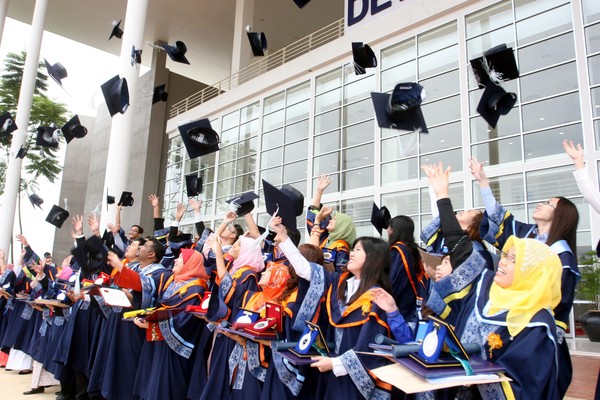
As much as the implementation of the curriculum is challenging. Several suggestions have been forwarded to the Education Ministry to ensure the effectiveness and efficiency in the implementation of the computer coding teaching programme.
The suggestions include:
- Appointing at least one graduate teacher at every school to teach computer coding, as well as a computer technician to handle glitches and maintain the hardware and software.
- The network and softwares at every school should be upgraded to enable computer applications to function properly.
- Parents and teachers could do their part by being proactive and keeping abreast with developments in the IT industry to improve their knowledge.
Recent Articles
- SISM: A Home Away from Home Where Your Child Will Thrive
- Bridging Borders: Ng Gha Yuan’s Journey to the Ivy League
- Why More Malaysian Parents Are Choosing International Schools for Their Children
- Happiness vs. Academics: Are We Sacrificing Our Children’s Well-Being for Better Grades?
- How Nexus International School Malaysia Empowered James Low’s Future
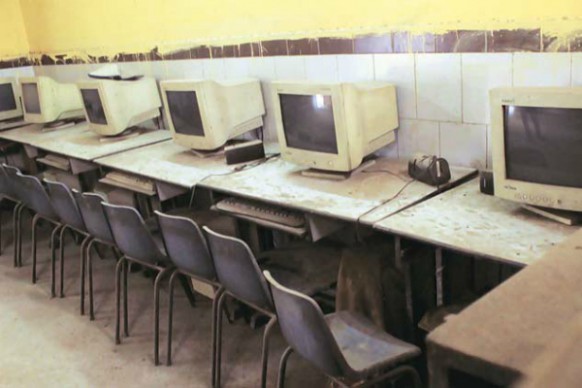






 Login with Google
Login with Google